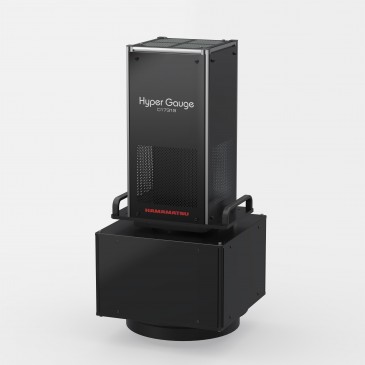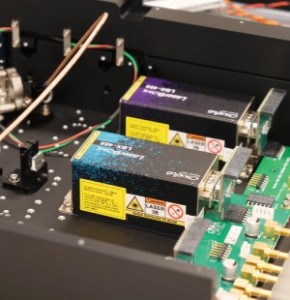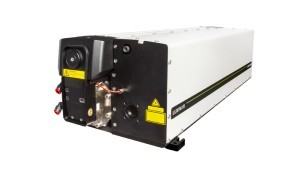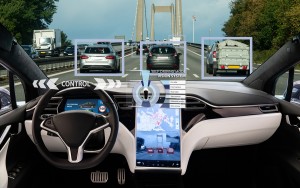
3D imaging is a norm nowadays. 3D cameras capture a perception of depth. Although today’s 3D cameras are still relatively bulky, they are offering new options in picking and placing for industrial robots. Three types of 3D vision technologies include time of flight, stereo vision and structured light. cameras have become increasingly more affordable over the past five years or so and offer an inexpensive method of 3D imaging. 3D cameras are ideal for enhanced production line inspection where understanding volume and distance are needed, or for mobile applications requiring object avoidance. It’s used widely in industrial inspection, machine vision and obstacle avoidance technology, to name but a few applications.
4D imaging introduces the element of capturing movement over time to image processing, and it’s becoming more commonplace. 2D or 3D images are captured in inaccessible locations such as inside the human body or underground using ultrasound, radiation, laser or other methods. Image data is then processed, and algorithms applied to generate a real-time moving image. It’s like putting a video camera in places where you couldn’t actually put one.
Advancing vision in healthcare
4-dimensional imaging first become a common concept in the world of ultrasound when prenatal clinics started to offer 4D imaging to enable parents to see their unborn baby move in 3D within the womb.
It’s now used widely in medical imaging for the diagnosis and monitoring of tumors. Doctors can obtain a clear and precise image of the organs in question and can use 4D techniques in patient positioning to deliver more accurate and targeted treatment with less damage to adjacent tissue. For example, GE Healthcare has developed Advantage 4D, a software application that enables radiation therapy to be less negatively impacted by patient movement, whether that’s the natural breathing function or involuntary movement within the scanner.
4D imaging in microscopy
Life scientists are adding a temporal dimension to spatial microscopy to visualize cell movement in 4D.
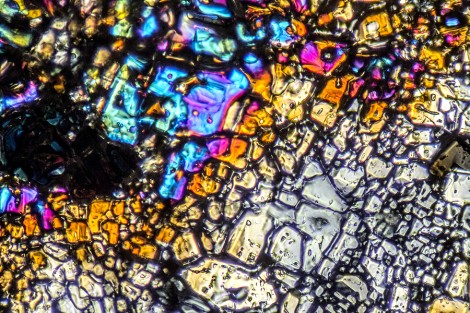
A few different methods have been developed, including 4D ultrafast electron microscopy and a team of French researchers have recently published an article on 4D photoluminescence microscopy based on single pixel imaging. These techniques are giving us new and exciting insight that will inevitably advance medical and scientific research hugely.
4D for Industry 4.0
Industrial inspection is the latest sector to embrace 4D imaging. Inspecting parts or pipelines in 4D means that engineers can monitor them for changes under stress and easily identify weak or flawed components. This can be enhanced further with the use of polarization techniques.
AI is joining the mix in some robotic applications. Programmers can use machine learning along with the more accurate 4D imaging to allow robotics to make better informed decisions in real-time, unlike the time-lapse restraints of 3D imagining alone. Apera has developed 4D vision technology from 2D cameras and advanced software to deliver benefits to pick-and-place robots.
.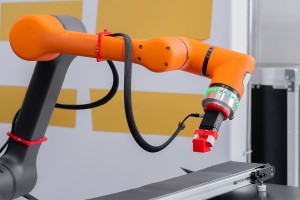
The technology boasts sub-millimeter pose estimation accuracy, leading to near-perfect gripping each time. CEO Armin Khatoonabadi explains how “the 2D camera captures the scene and then the AI extracts 2D information such as shadows, edges, texture and color – like a human would – while performing object recognition and pose estimation. Then a pose of the object is sent to the robot to help it better perform the task like a 3D camera would”. Some may question whether this addition of smartness over movement is true 4D vision, but certainly such technologies will influence the development and adoption of industry 4.0 strategies.
Autonomous vehicles and 4D imaging radar
In January 2021, Animesh Kumar, Director of Automotive Consulting at GlobalData, suggested that “4D imaging radars enhance autonomous vehicle performance by delivering multimodal capabilities and make vehicles safer. The technology is expected to emerge as a key attribute supplementing the future growth and adoption of autonomous vehicles.” 4D imaging radars support a large RF channel array and enable multiple 4D data points per frame to be obtained, delivering more accurate information on velocity, range, azimuth and elevation. It’s not surprising that the autonomous vehicle sector has found novel uses for this cutting-edge technology as the race to bring self-driving cars to reality continues apace.
Written by Natalie Ryan, Marketing Specialist at Active Silicon.






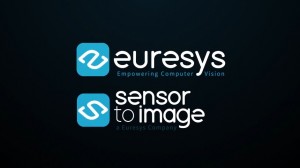
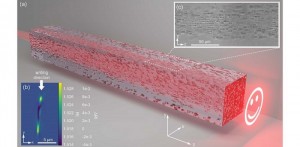
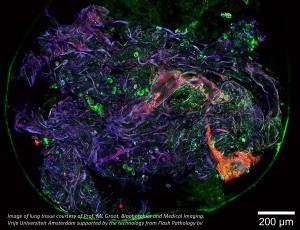

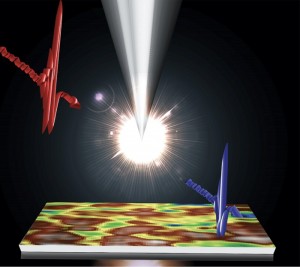

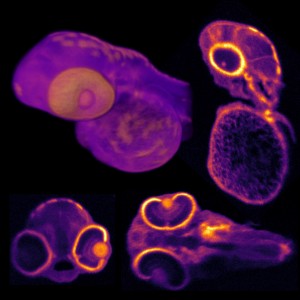
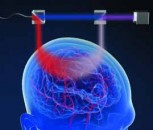

















 Back to Features
Back to Features